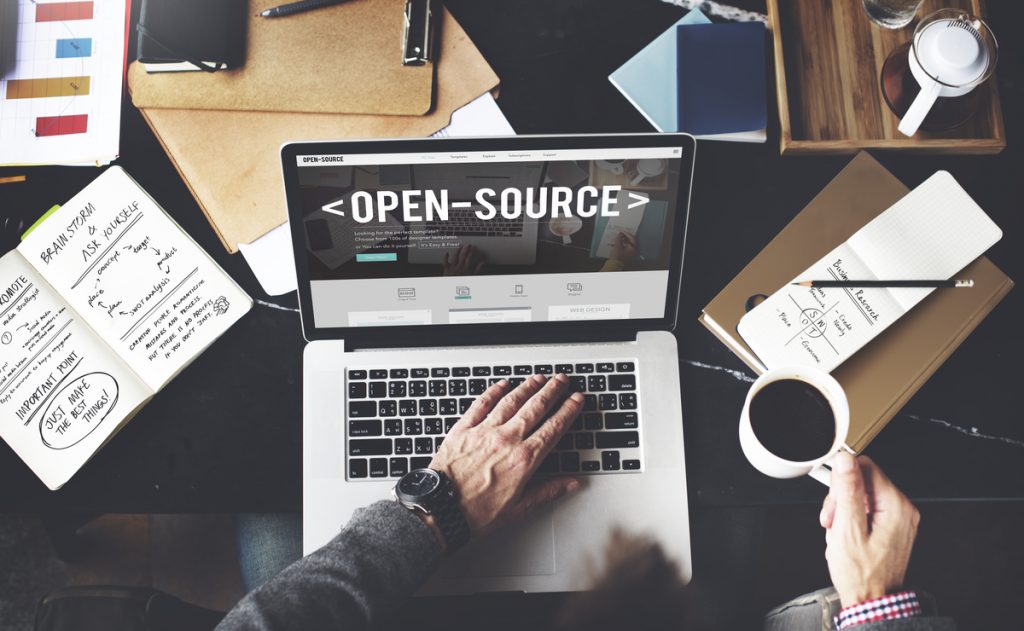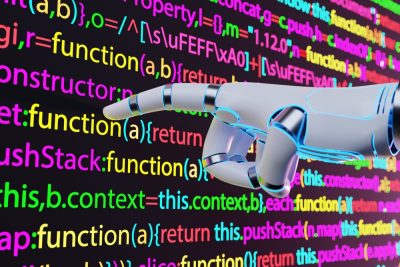AI has been around for more than 3 decades, led by computing technology and operation requirements, delivering the emergence of automation. Businesses fought valiantly to make automation a part of their AI investment. But over the course of making automation completely intuitive, the cost, time, and lack of implementation vision became a hurdle.
In 2017, only 4% of organizations deployed AI in production, which rose by 10%, reaching 14% in 2018. But the adoption slowed in 2019, bringing the percentage to 19%, according to the Gartner Annual CIO Survey. Many businesses that started the production of AI and machine learning platforms, after going through initially design elements, felt a lack of a value-generating business operation.
Organizations are looking to build big and vast technologies, but they amply forget about its application—where will they apply those technologies. The rising demand for automation and insights from users should fuel innovation in machine learning and AI. Narrowing down the well-defined problems where AI can not only solve the problem but also bring steady production of efficiency so that the process can stand on its own.
AI hype is engulfing every industry that is known to man, and as a leader you might be lagging; for AI projects to be cost-efficient and effective, there should be constant feedback mechanisms from the product management team and data scientists. Cost and lack of data models to fuel the machine language are some of the common problems faced by many businesses today.
According to VP analyst and fellow at Gartner, Rita Sallam, the surprising boost for AI might be coming from open-source AI and machine learning platforms. Open source tools such as TensorFlow, Keras, SciKit-Learn, and Accord.NET have been used by data scientists and developers to build AI. Open-source tools have their problems. They lack enterprise-grade features such as project and model management, transparency, and data lineage demanded by many of the traditional organizations. Building AI is a constraint for businesses, but open source tools can reduce costs, bringing improvement, and decrease the need for infrastructure for AI adoption.














